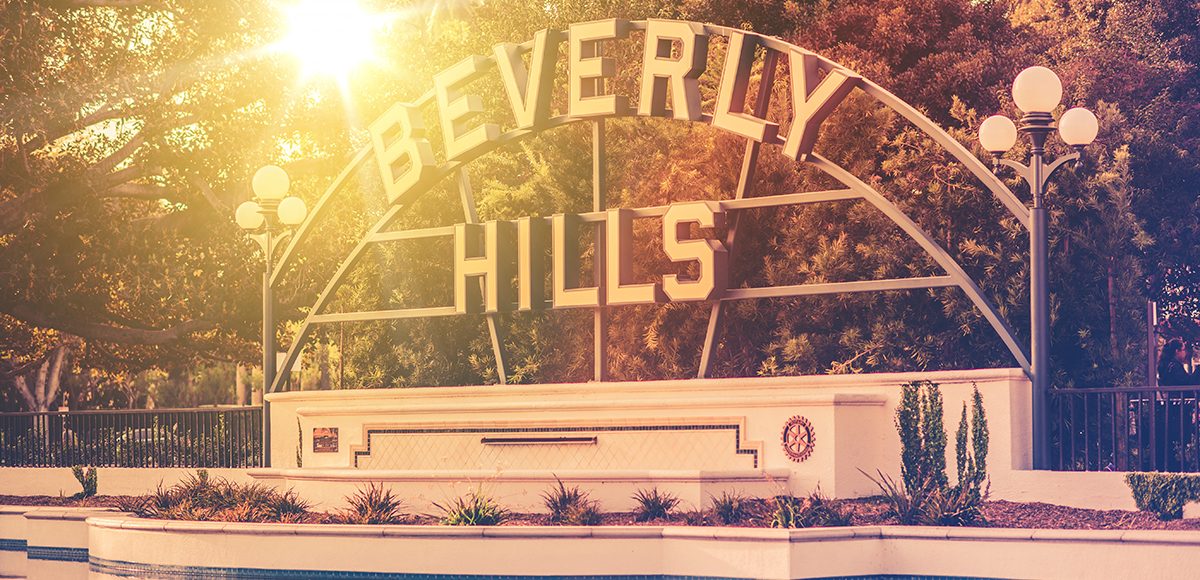About 1,200 trees in the Trousdale area are slated for removal following a unanimous vote by the Beverly Hills City Council to establish street tree fuel management standards north of Sunset Boulevard at its Feb. 4 formal meeting.
The vote followed a robust discussion during the study session earlier that day about how to best protect residents and homes in the very high fire hazard severity zone (VHFHSZ) as designated by the California Department of Forest and Fire Prevention. To reduce fire risk in the VHFHSZ, the City plans to provide a widely accepted standard of keeping flammable trees no closer than 30 feet from structures.
“This is our first step,” said Beverly Hills Fire Chief Greg Barton, who emphasized that the 30-foot “industry standard” clearance was meaningful. “I think this shows that the City has taken the proactive step to be the leader in a meaningful way.”
The Council also voted to find the project exempt from further review under the California Environmental Quality Act (CEQA). The estimated cost for the removal of the trees is $2.1 million.
Director of Public Works Shana Epstein said the first phase of removing approximately 560 trees would begin in April and that the entire process was expected to take 12 months to complete. In conjunction with removing the trees, she said the City will actively work to preserve the urban canopy by looking at replacement trees that are less flammable. However, she noted that the replacement strategy was unlikely to be one-for-one.
“The fuel management project really defines defensible space,” Epstein said. “Fuel modification is any manipulation or removal of fuels to reduce the likelihood of ignition or the resistance to fire control.”
The City has already removed 11 Aleppo pine trees in Trousdale after City arborists assessed 188 trees along Carla Ridge and adjacent streets last month and identified 13 trees which they deemed unstable or unhealthy. In addition to dealing with the City-owned trees north of Sunset Boulevard, all five Council members were vocal about the importance of also ensuring the health and maintenance of privately owned trees.
Environmental consulting firm Dudek, which prepared the City’s Urban Forest Management Plan (UFMP), estimated that of the 40,000 to 70,000 privately owned trees north of Sunset Boulevard, roughly 25 percent of them exhibited higher flammability.
“My recollection is there are a significant number more of private trees than there are public trees and for the most part the private trees are not in as good a condition as the public trees, so they actually pose a greater general risk,” said Councilman Julian Gold. “I think we need to do whatever we need to do to get processes in place that give us the authority to manage those trees.”
“My concern is that we should be equally as aggressive on the private trees,” said Councilwoman Lili Bosse. “I think it is important that we let the residents know that we are going to be addressing their private trees.”
City Manager George Chavez said that staff would return to City Council with a plan on how to best deal with both private and public trees, in addition to educating the community, in anticipation of developing an ordinance that would give the City authority over at-risk private trees.
“A tree doesn’t care whether it’s a private owned tree or a public owned tree so we need to move forward,” said Mayor John Mirisch.







